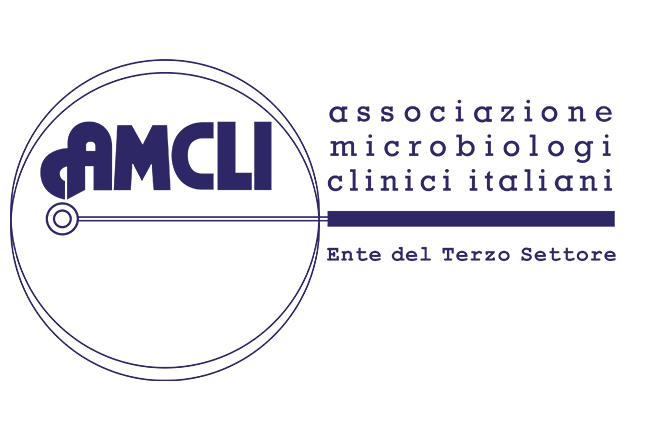Attività in vitro delle Rifamicine contro Stafilococchi liberi o in biofilm isolati nelle infezioni periprotesiche
Albano M, Karau MJ, Greenwood-Quaintance KE, Osmon DR, Oravec CP, Berry DJ, Abdel MP, Patel R.
Antimicrob Agents Chemother. 2019 Oct 22;63(11). pii: e00959-19. doi: 10.1128/AAC.00959-19.
